City Breaks in France: Rouen
If you’re looking for a maritime weekend escapade with some history, art, architecture and good food then Rouen, the capital of Normandy, is where you should head.
“But wait a minute,” I hear you say, “Rouen is nowhere near the sea!” And you’re right of course. But the sharp cries of seagulls swooping between the 2,000 timber-framed medieval buildings attest to its maritime affiliation and even though the sea is 80km away, the Seine here is tidal and wide and deep enough to allow big ships to anchor in France’s fifth port.
The city grew on the right bank (following the flow) of the Seine at the top, outer edge of one of the deep meanders the river makes before it finally joins the sea. The modern town of 115,000 inhabitants has spilled over onto the left bank but for a weekend, the historic city centre on the right bank is the place to be.

Rouen’s cathedral is one of the most impressive in France © Christina Mackenzie
Home to the tallest cathedral in France
As I walked downhill into town from the train station, I paused at a 35m high, solid looking tower sitting incongruously amongst modern buildings. The Tour Jeanne d’Arc is all that remains of a fortress built by Philippe Auguste in 1204. This is not where Joan of Arc was held prisoner. That was in the Tour de la Pucelle which no longer exists but apparently its foundations are now in a dental cabinet. But I was not prepared to submit to dental torture to see them!
The Musée des Beaux-Arts de Rouen in the Square Charles Verdrel has an outstanding collection, notably the Impressionist section which is the most important in France outside Paris. Amongst the paintings are a number by Claude Monet who spent almost two years in Rouen working on his famous series of 28 paintings of the main facade of Notre Dame de Rouen cathedral. Only one is exhibited here.
He painted it from three different angles: principally from the first floor of the tax office, the Bureau des Finances, a spectacular early 16th century gothic building currently under renovation, that usually houses the tourist office. In Monet’s day it was a lingerie store. The story goes that ladies were uncomfortable with the artist sitting in there so the owner eventually put a screen around him!
The cathedral, with its unbelievable stone lacework facade framed by the relatively simple Tour Saint Romain on the left and the more complex Tour de Beurre on the right, culminates at 151m high making it the tallest cathedral in France…and hard to photograph! I was a little disappointed by the interior which is impressively high (28m) but quite stark.
About 200m down the rue du Gros Horloge (for reasons unknown the masculine form is used which is grammatically incorrect: it should be La Grosse Horloge), a Renaissance building arches over the street. There are lovely bas-reliefs under the vault and on the right is a 14th century belfry. The beautiful clock faces on either side of the arch have been indicating the hour (there’s only one hand), the phase of the moon and day of the week since 1529. The clock mechanism, one of the oldest in Europe, ticked away from 1389 to 1928 when it was replaced first by an electro-mechanical system, then by an electronic one. I found the audio guide very interesting and was spellbound by the view of the cathedral from the top of the belfry.
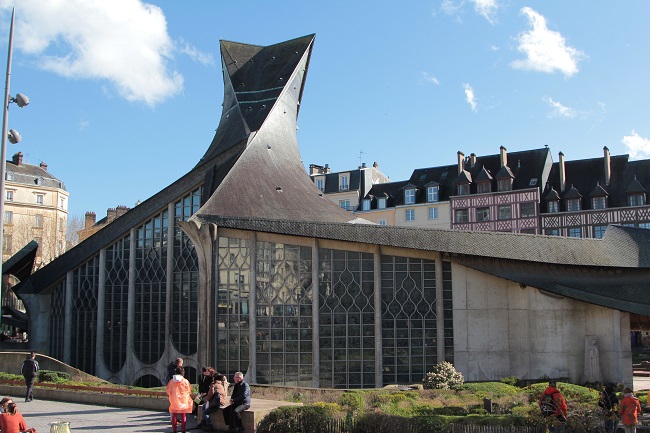
The contrasting architecture of the Eglise Sainte Jeanne d’Arc in the centre of Rouen © Christina Mackenzie
A mix of period architecture
Close by, but in complete contrast, on the Place du Vieux Marché, sits the extraordinary St Joan of Arc church designed by Louis Arretche in 1979. The floor to ceiling glass walls, a mix of simple modern and 16th century stained glass recycled from the war-demolished St Vincent church, allow daylight to flow around the elegant interior. The flame-shaped roof made with slate tiles that look like fish-scales is a reminder that this is where 19-year old Joan was burned at the stake. The exact spot is marked by a very simple knee-high panel in the surrounding flowerbeds that simply states “the location where Joan of Arc was burnt on May 30th 1431.” I found it extraordinarily moving.
In addition to the cathedral and the Bureau des Finances, I was struck by four other flamboyant gothic structures, one of which you can’t visit but can admire through the bullet-proof glass. This is the Palais de Justice (law court), the former parliament of Normandy, built in many stages between 1499 and 1884 when architect Henri-Charles-Martin Grégoire undertook a huge project to harmonise what had become a group of very disparate buildings.
In 1976 during work to restore the cobblestones in the courtyard, workers uncovered the ruins of a building, now known as the Maison Sublime, with Hebrew graffiti scratched into its walls. As it wasn’t Saturday I couldn’t visit because it’s only open on that day from 10:30-14:30 and during some school holidays. You can book your tickets in advance.
I was also staggered by the western facade of the church of Saint-Maclou with its five arches surmounted by triangles of delicate stonework and the Hotel de Bourgtheroulde which is a listed historic property and, since 2010, a 5-star hotel with, apparently, the biggest indoor pool in Normandy!
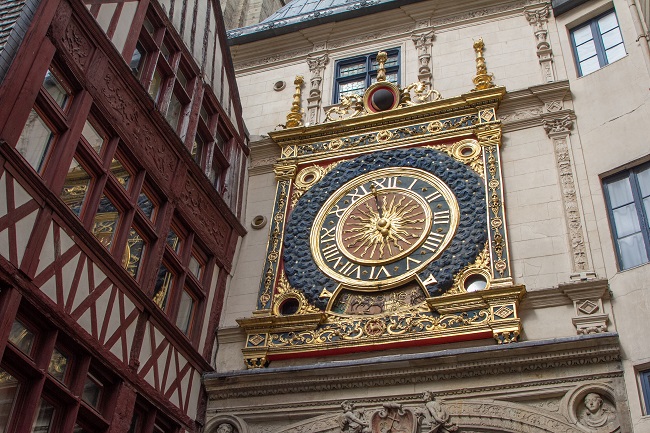
The stunning 16th century clock in the heart of Rouen © Christina Mackenzie
Tips to visit Rouen
Most of the historic city centre is pedestrianised so I was able to walk comfortably everywhere. Public transport is free on Saturdays, although you still need to obtain a “gratuit” (free) ticket.
There are 11 free museums in the city, in addition to the Musée des Beaux-Arts, so I clearly need to return. Perhaps for the Joan of Arc Medieval Festival between 18-20 May, or between June and September to see the free light and sound show at the cathedral and most definitely for the Rouen Armada from 8-18 June. More on that later!
I also only got to try three of the city’s 135 restaurants (there are 67 Michelin stars in town!) and none of its 196 bars…
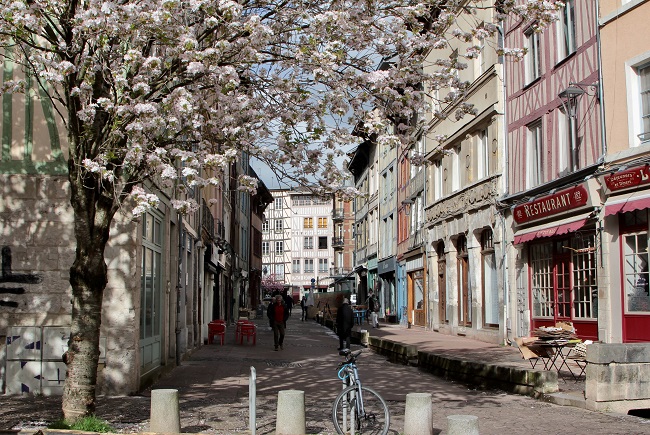
The charming streets of the old city of Rouen © Christina Mackenzie
Lead photo credit : Spring blossom in Rouen's medieval centre © Christina Mackenzie
Share to: Facebook Twitter LinkedIn Email
More in city breaks in France, joan of arc, Normandy, Rouen
Leave a reply
Your email address will not be published. Required fields are marked *

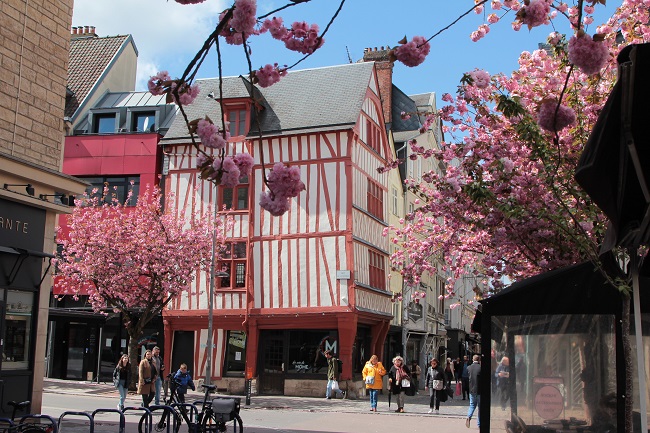
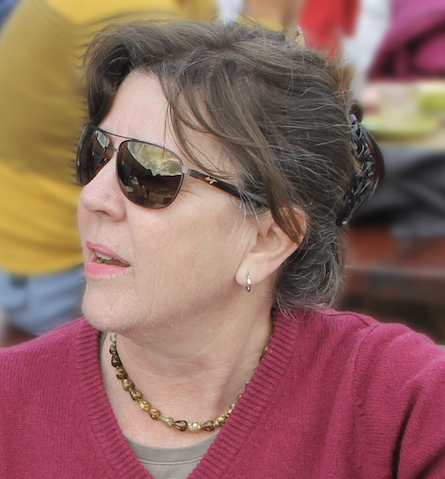
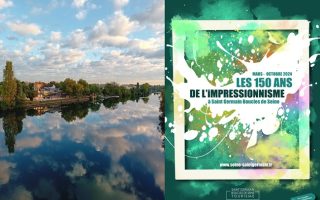
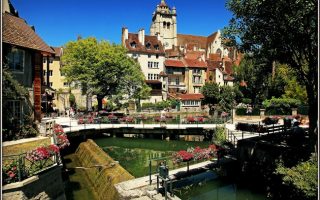
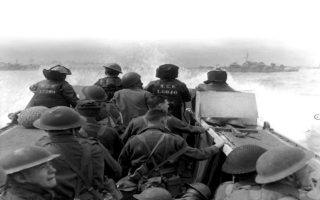
REPLY